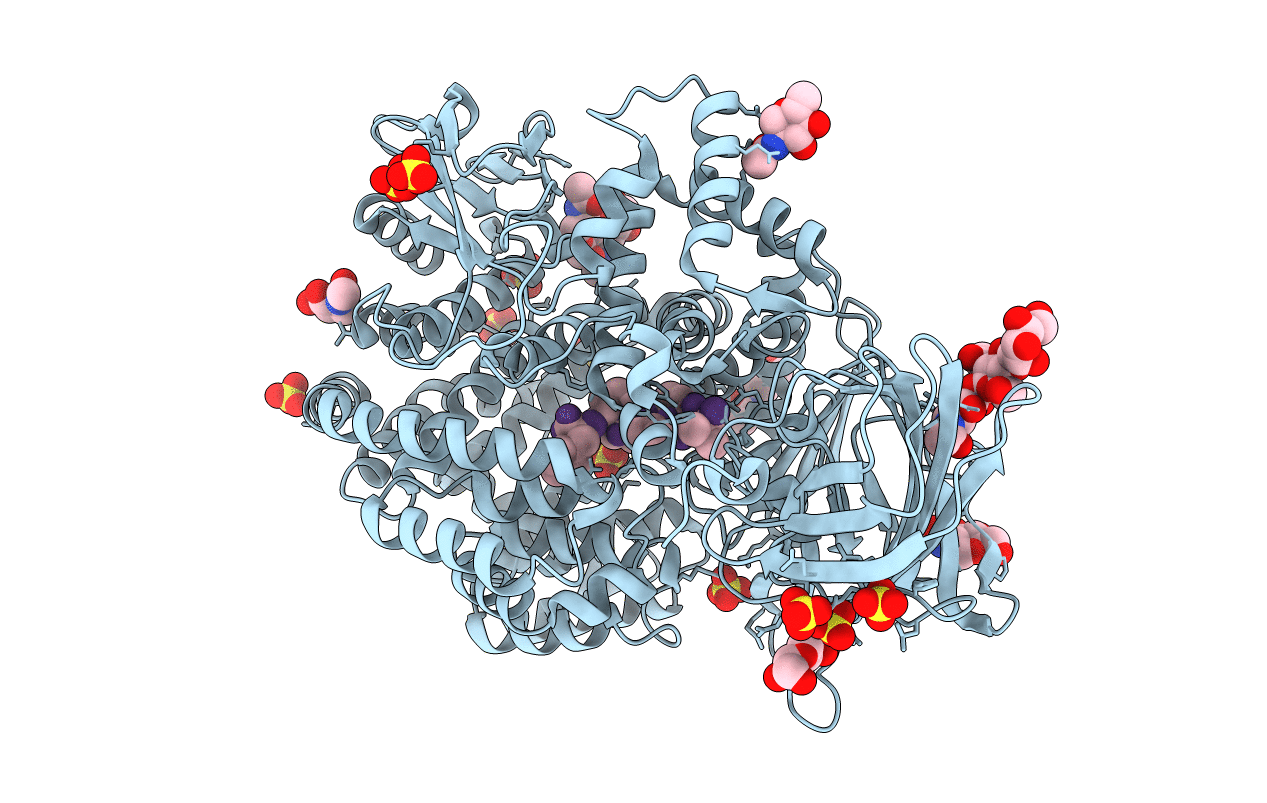
Deposition Date
2012-07-05
Release Date
2012-09-05
Last Version Date
2024-10-30
Entry Detail
PDB ID:
4FYS
Keywords:
Title:
Human aminopeptidase N (CD13) in complex with angiotensin IV
Biological Source:
Source Organism:
Homo sapiens (Taxon ID: 9606)
Host Organism:
Method Details:
Experimental Method:
Resolution:
2.01 Å
R-Value Free:
0.19
R-Value Work:
0.16
R-Value Observed:
0.16
Space Group:
P 64


